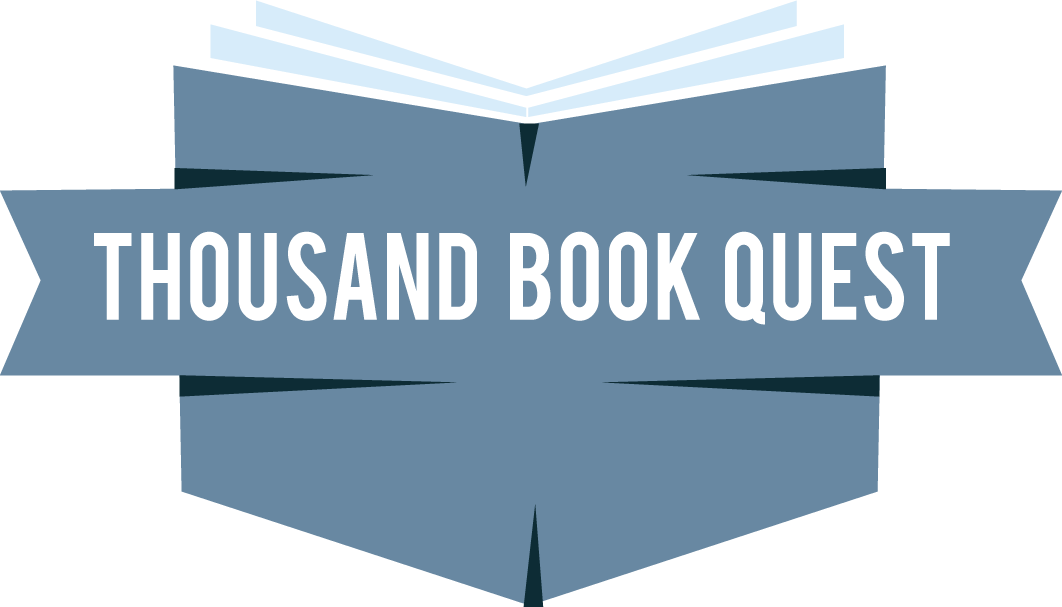474. The Yellow House
Rating: ☆☆☆
Recommended by: Julie Horowitz
Author: Sarah M. Broom
Genre: Nonfiction, Memoir, Biography, Cultural
376 pages, published August 13, 2019
Reading Format: Book
Summary
In The Yellow House, writer Sarah M. Broom tells the stories of her large family of twelve children that lived in and out of mother Ivory Mae’s shotgun house in New Orleans East. Broom starts in the late 1800’s and concludes with life in post-Katrina New Orleans.
Quotes
“Distance lends perspective, but it can also shade, misinterpret.”
“The mythology of New Orleans—that it is always the place for a good time; that its citizens are the happiest people alive, willing to smile, dance, cook, and entertain for you; that it is a progressive city open to whimsy and change—can sometimes suffocate the people who live and suffer under the place’s burden, burying them within layers and layers of signifiers, making it impossible to truly get at what is dysfunctional about the city.”
“Dresses you might wear for special occasions she wore every day. In this way she and Joseph were alike. They dressed to be seen, which is how it came to be that they built up a reputation for floor showing, as Uncle Joe calls it. “Yeah, we knew we looked good.” They danced wherever there was a floor—a bar or a ball. The sidewalk, sometimes. “We used to go in clubs and start dancing from the door. For a poor man I used to dress my can off,” he says. “That’s what used to get me in so much trouble and thing with the ladies.” He and his baby sister, Ivory, would swing it out, jitterbugging and carrying on. Ivory was always fun and always light on her feet. She was especially gifted at being led and men generally loved this quality in her.”
“Zora Neale Hurston said, “There are years that ask questions and years that answer.”
“The house’s disappearance from the landscape was not different from my father’s absence. His was a sudden erasure for my mother and siblings, a prolonged and present absence for me, an intriguing story with an ever-expanding middle that never drew to a close. The house held my father inside of it, preserved; it bore his traces. As long as the house stood, containing these remnants, my father was not yet gone. And then suddenly, he was.”
“When the house fell down, it can be said, something in me opened up. Cracks help a house resolve internally its pressures and stresses, my engineer friend had said. Houses provide a frame that bears us up. Without that physical structure, we are the house that bears itself up. I was now the house.”
“For the longest time, I couldn’t bear to hear his voice. This is such a difficult thing to write, to be that close to someone who you cannot bear to look at, who you are afraid of, who you are worried will hurt you, even inadvertently, especially because you are his family and you will allow him to get away with it.”
“That was the story coming out of city hall, the small-print narrative on the full-page advertisements that appeared in glossy local magazines. Except none of these projections would ever come true. New Orleans would not hold steady, not in the least. The city’s population reached its apex in 1960. But no one knew that then.”
My Take
Winner of the 2019 National Book Award for non fiction, The Yellow House provides the reader with a unique point of view on New Orleans during the past 40 years and the lives of a large African American family that lived just outside the city in New Orleans East. While I enjoyed the book, it was a bit meandering and verbose at times.
